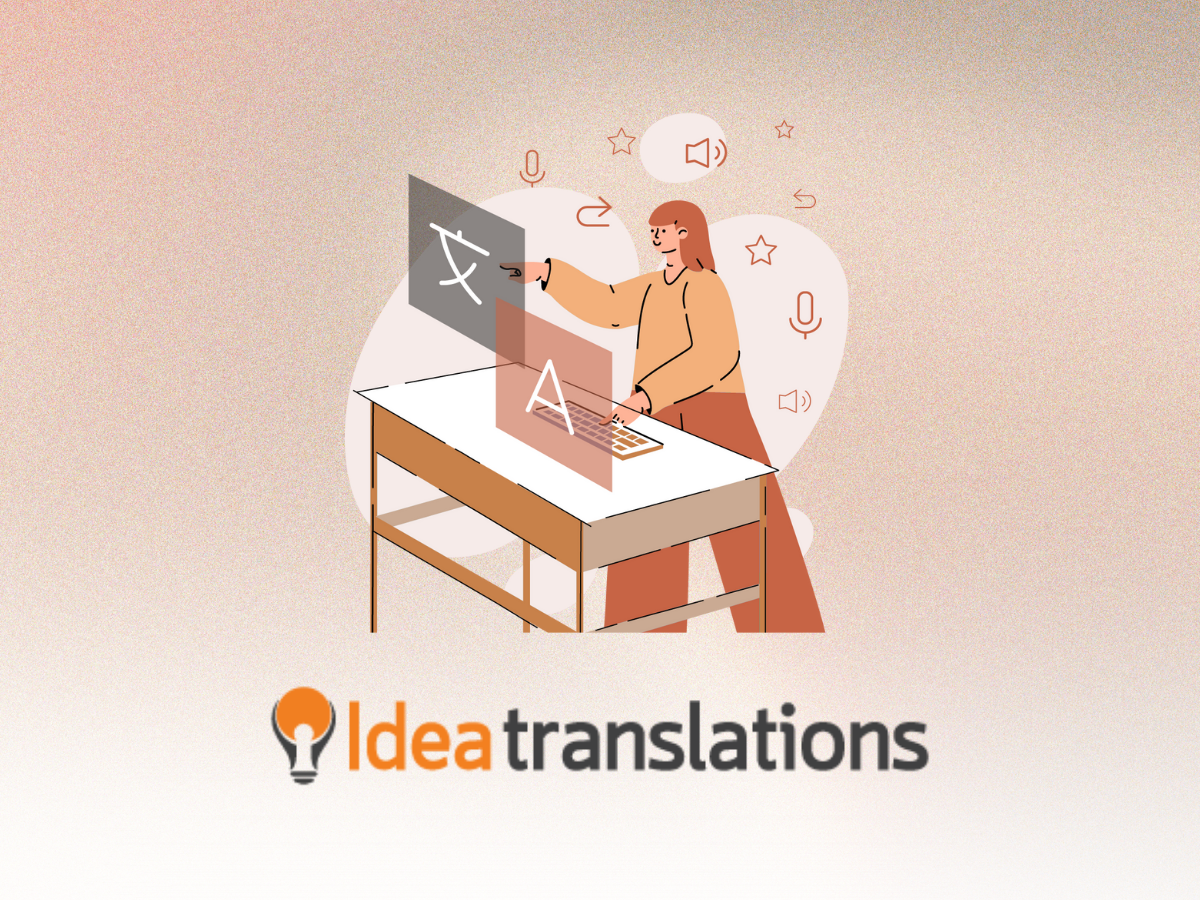
Real-Time AI Translation: Is It Really Instant?
You’re watching a live event. A keynote speaker is dropping insights at lightning speed. You hit the “translate” button and voilà—instant subtitles in your language. Magic, right?
Well… not so fast. 🕐✨
In a world obsessed with instant everything, “real-time” has become the holy grail of translation. But when it comes to AI translation, what does real-time actually mean? Is it truly instant? And more importantly—can we trust it?
Let’s break it down.
The Promise: Translation at the Speed of Light
AI translation has made mind-blowing progress. Neural machine translation (NMT) models are getting faster, smarter, and eerily human-like. Throw speech recognition into the mix and boom—you’ve got live translations for meetings, events, even broadcasts… or so it seems.
Real-time AI translation sounds like science fiction turned reality. But even the flashiest tech has a few fine print moments.
Spoiler alert: there’s always a delay (even if it’s just a few seconds). And in the language world, a few seconds can mean everything.
Real-Time ≠ Real Understanding
Let’s get one thing straight: speed doesn’t always equal quality.
Sure, AI can throw words on a screen in milliseconds. But what about context? Humor? Cultural nuances? Or that tricky business jargon that even humans need a second to process?
That’s where many real-time AI tools stumble. They’re great for getting the gist, but not so great when accuracy matters—like in legal proceedings, medical consultations, or high-stakes business deals.
And let’s not even get started on idioms. “It’s raining cats and dogs” becomes… ¿llueven gatos y perros? 🐱🐶 (Please, no.)
Behind the Scenes: What “Real-Time” Actually Looks Like
Here’s the unfiltered truth: real-time AI translation usually involves a few key steps:
– Speech Recognition – Identifying and converting spoken words into text.
– Natural Language Processing (NLP) – Analyzing and structuring the text for accurate comparison with specific linguistic patterns.
– Machine Translation – Translate the text into the target language.
– Speech Synthesis or Subtitling – Deliver it back to the audience in some digestible form.
These steps take just milliseconds—which feels instant. But several hidden roadblocks can slow things down, such as:
• Accents and Pronunciation Variability: AI often struggles with heavily-accented speech or unfamiliar dialects. Detecting and processing these unique nuances can introduce delays in speech recognition.
• Complex Syntax and Grammar: Languages with highly structural and context-dependent grammar (Japanese or Hungarian, for example) take longer for algorithms to analyze.
• Multilingual Speech Adaptation: Switching seamlessly between multiple languages mid-sentence is still a technical hurdle for most platforms.
So is it real-time? Technically, yes.
Is it flawless? Not even close.
Limitations of Real-Time Translation Today
Despite significant advancements, current AI translation technology faces several limitations that make it not entirely “instant”:
-Accuracy Dependence on Context: AI tools, no matter how sophisticated, sometimes fail to grasp context. For instance, homonyms (words that sound the same but have different meanings) often confuse the algorithms. Misinterpretations can lead to awkward or even embarrassing moments.
-Cultural Nuances and Idiomatic Phrases: Directly translating idioms or culturally-rooted expressions can yield phrases that don’t make sense in the target language. AI translation systems haven’t yet mastered processing these nuances in a “truly instant” way.
-Internet Dependency: Most AI translation tools rely heavily on cloud connectivity for large-scale language databases. Slow connections result in noticeable delays, preventing true real-time functionality.
Where AI Shines—and Where Humans Still Reign
At Idea Translations, we’re all in on tech. Smart tools? We use them every day to streamline workflows and deliver faster. But we also know when to call in the pros—our expert translators, editors, and reviewers who ensure your message isn’t just translated, but understood.
AI can be a powerful ally. But for real clarity, consistency, and cultural relevance? You still need the human touch.
Think of AI as the microwave: quick and convenient.
Now think of human translation as the chef: intentional, creative, and oh-so-satisfying. 👩🍳🧠
Why It Matters for Global Brands
If your company’s going global, you need more than quick fixes. You need smart localization strategies that combine speed with quality, automation with emotion, and innovation with intention.
That’s where we come in. At Idea Translations, we blend tech and talent to help you deliver content that resonates—no matter the language, no matter the format. Whether it’s live events, eLearning courses, product videos, or social media content, we make sure your message lands with impact—and accuracy.
Is Real-Time AI Translation Instant?
Kinda.
It’s an incredible leap forward—but still a few steps short of perfection, especially when things get nuanced, fast-paced, or culturally layered.
Because while machines can keep up with speed… they still struggle with soul.
Flawless, real-time, culturally spot-on communication? That’s still a human-powered superpower. ⚡️
And knowing when to trust the AI—and when to add the human spark—is what sets great brands apart.
So, can AI get you close? Absolutely. But if you want your message to truly land—every time, in every language—you need more than fast. You need a partner who speaks tech and human.
Ready to go beyond “real-time” and create content that truly connects? Contact us today and let’s make your message unforgettable—everywhere.



